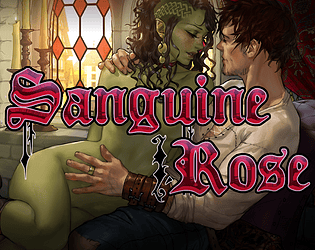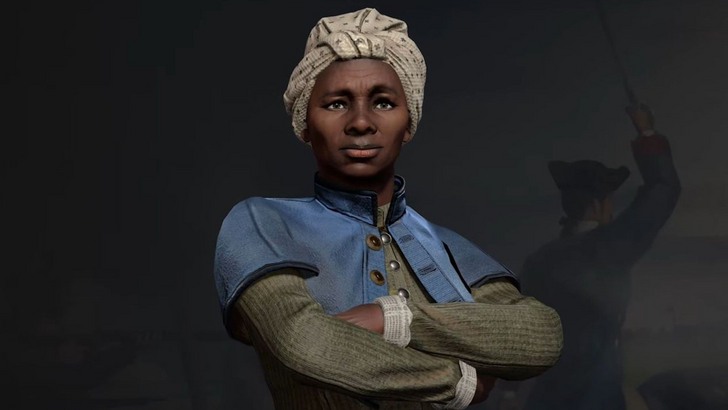
Civilization's leaders are as iconic as the civilizations themselves. Firaxis' approach to selecting national representatives has evolved significantly over the years. This article explores Civilization VII's leader roster and how it redefines leadership in the series.
← Return to Sid Meier's Civilization VII main article
Civ VII: A New Era of Leadership
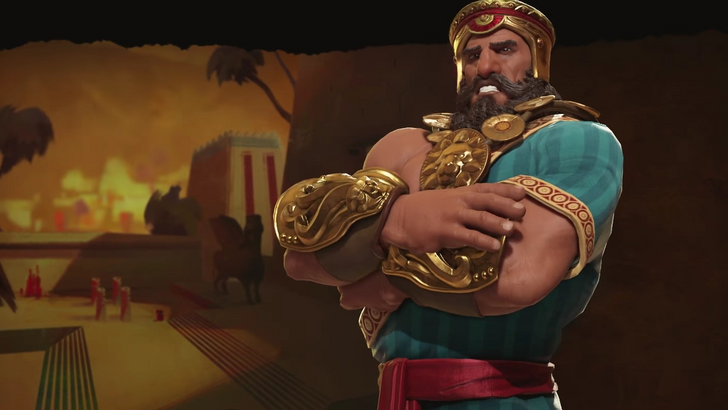
Leaders have been integral to Civilization since its inception, shaping each civilization's identity. While their role remains crucial, their representation has diversified across the series. Each installment has refined the concept of leadership and its impact on gameplay.
This exploration examines Civilization's evolving leader roster, highlighting changes across iterations, and focusing on how Civilization VII presents a unique and redefined approach to leadership.
Early Civilization: A Focus on Global Powerhouses
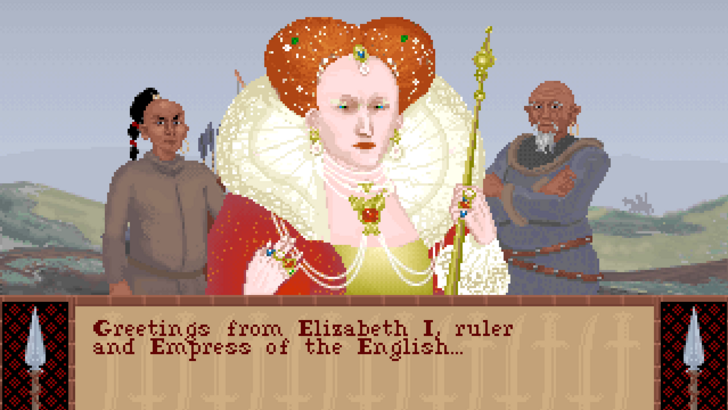
The original Civilization featured a relatively straightforward roster compared to later games. The focus was on prominent global powers from antiquity and the early 1990s. Leaders were predominantly historical heads of state, prioritizing widely recognized figures.
With a limited scope, the 15 civilizations included nations like America, Rome, Greece, and China, each represented by a well-known leader. This resulted in figures like Abraham Lincoln, Tokugawa Ieyasu, and Julius Caesar. The selection, while straightforward, reflected the era's understanding of historical figures.

Elizabeth I was the sole female leader, showcasing a predominantly male-dominated roster. While understandable given the release date, this approach would evolve in subsequent installments.
Civilization II - V: Expanding the Definition of Leadership
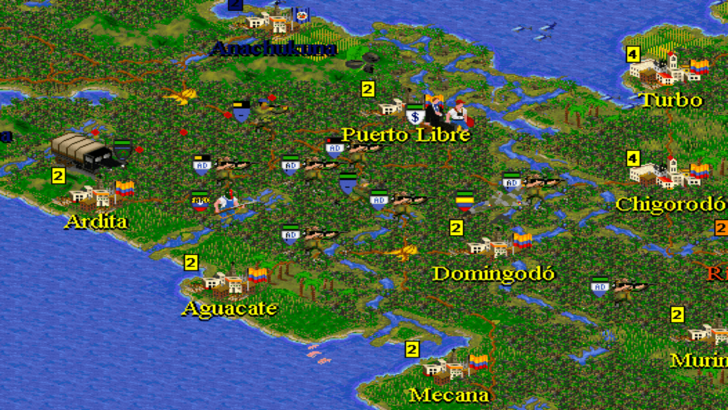
Civilization II expanded the roster and included lesser-known powers. A notable addition was a separate female leader roster, providing alternative choices for each civilization. The definition of "leader" broadened to include influential figures beyond heads of state, such as Sacagawea and Amaterasu.
Civilization III integrated female leaders into the main roster, with figures like Joan of Arc and Catherine the Great replacing historical male counterparts.
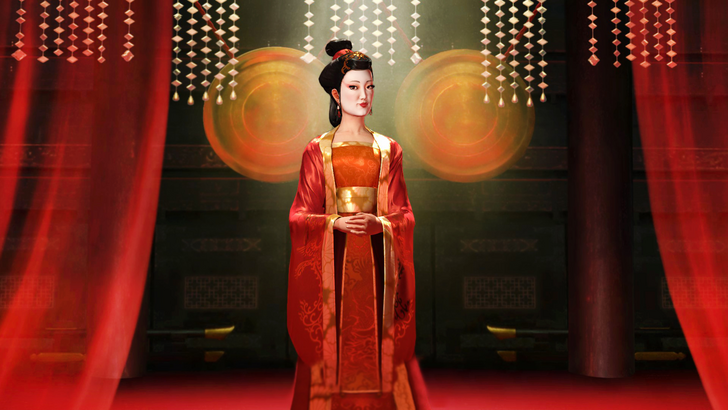
Civilization IV and V significantly expanded the roster and the definition of leadership. Revolutionaries, generals, and reformers became common, with major civilizations often having multiple leader options. The focus shifted from solely powerful figures to a broader representation of humanity.
Civilization VI: Enhanced Characterization and Diversity
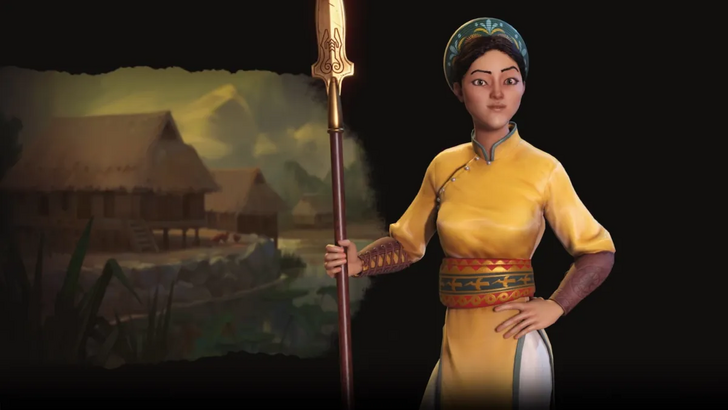
Civilization VI emphasized characterization and diversity, presenting leaders as stylized animated figures. Leader Personas were introduced, offering alternative versions of the same leader with distinct playstyles. Lesser-known figures from various civilizations were included, such as Lautaro and Bà Triệu.
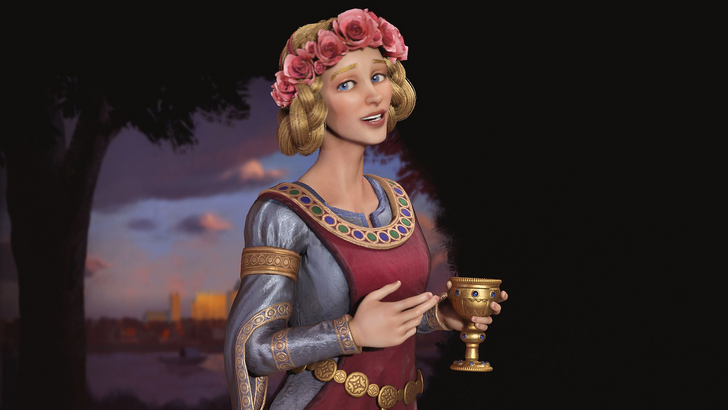
The concept of leaders representing different chapters of their lives emerged, exemplified by Eleanor of Aquitaine and Kublai Khan, who could lead multiple civilizations. Multiple leader options for single civilizations became more common.
Civilization VII: A Unique Mix-and-Match Approach
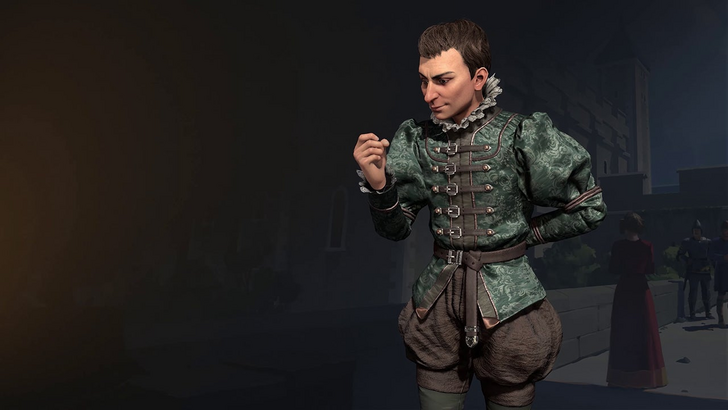
Civilization VII represents the culmination of these evolutions, featuring the most diverse roster yet. The mix-and-match approach allows unconventional leaders and multiple personas to take center stage. The inclusion of Harriet Tubman exemplifies this shift.

Other notable additions include Niccolò Machiavelli and José Rizal, demonstrating a move beyond traditional heads of state.
Civilization's leader selection has evolved from a focus on global superpowers to a diverse representation of influential figures throughout history. The definition of leadership has expanded, reflecting a broader narrative of humanity.
← Return to Sid Meier's Civilization VII main article
Sid Meier's Civilization VII Similar Games










